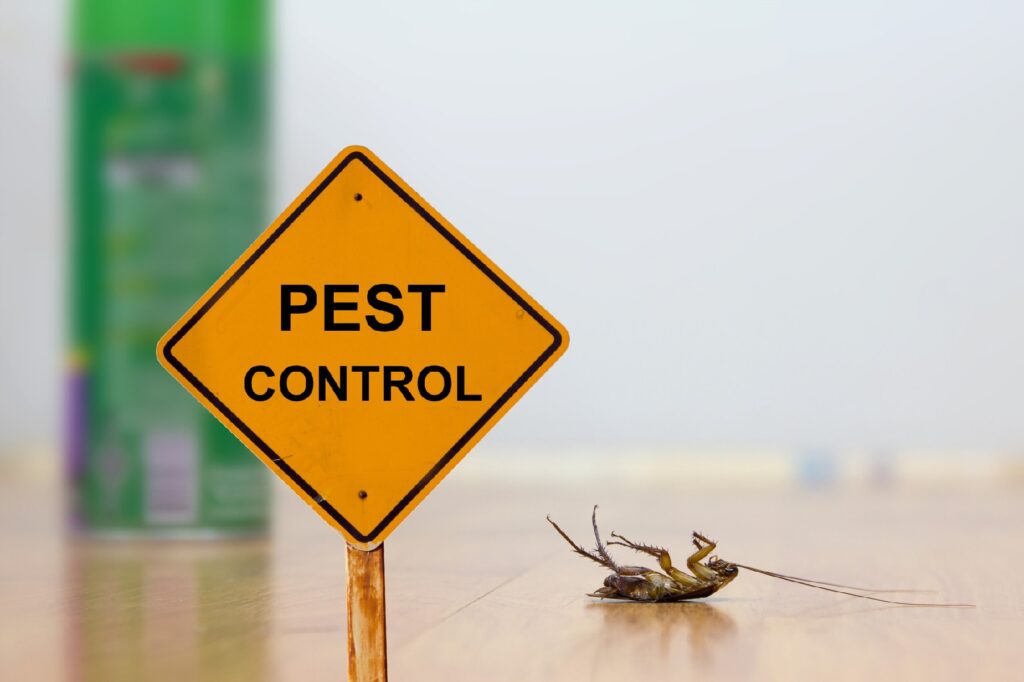A1 Pest Control Charlotte NC Bed Bugs - Specialist Extermination Services
A1 Pest Control Charlotte NC Bed Bugs - Specialist Extermination Services
Blog Article
Bed Bug Therapy Failure: Comparing Chemical Vs. Non-Chemical Solutions
In the realm of pest control, especially when dealing with the persistent concern of bed pests, the option between chemical and non-chemical treatment options can be a crucial one. Both approaches supply unique advantages and drawbacks, influencing variables such as effectiveness, safety considerations, and total expense. By taking a look at the nuanced information of each method, a clearer understanding of which course to pursue in addressing a bed pest problem can be attained.
Effectiveness of Chemical Treatments
Chemical treatments for bed bug invasions have been extensively recognized for their quick and powerful efficiency in getting rid of these bugs. When thinking about the efficiency of chemical treatments, it is critical to comprehend that they can offer a comprehensive and quick service to a bed pest issue. Expert exterminators typically count on pesticides to target bed bugs at various phases of their life process, consisting of adults, eggs, and nymphs. These chemicals commonly work by interfering with the bed pests' nerve system, resulting in paralysis and eventual fatality.
In addition, chemical treatments have the advantage of supplying recurring results, indicating that they can remain to remove bed pests also after the preliminary application. This recurring action is specifically helpful in combating any type of potential re-infestations. Furthermore, the rapid action of chemical treatments can bring relief to people dealing with severe bed insect problems, permitting them to gain back control of their living rooms rapidly.
Safety Worry About Chemical Solutions
One vital element that needs mindful consideration when making use of chemical solutions for bed pest therapy is ensuring the safety of passengers and the atmosphere. Exposure to specific chemicals utilized in bed bug treatments can lead to breathing concerns, skin irritation, or other unfavorable responses, especially in people with pre-existing conditions or level of sensitivities.
Furthermore, the ecological influence of chemical remedies is an additional considerable consideration. Some pesticides utilized in bed insect therapies might be damaging to useful bugs, wildlife, and communities if they leach into the dirt or water supply. It is vital to utilize chemical treatments judiciously, adhering to safety guidelines, and thinking about less harmful choices to minimize these risks and make sure the safe and reliable monitoring of bed pest problems.
Benefits of Non-Chemical Strategies
Considering the potential security concerns and environmental impact connected with chemical options for bed pest treatment, exploring non-chemical methods presents an encouraging alternative with numerous unique advantages. Non-chemical therapies are ecologically friendly, as they do not add to air or water pollution, making them a sustainable option for bug control.
Additionally, non-chemical remedies can be effective in targeting bed bugs, consisting of hard-to-reach locations where chemical treatments might not permeate. Approaches such as warm therapy, vacuuming, heavy steam cleaning, and bed mattress coverings offer comprehensive removal without the usage of unsafe chemicals. Additionally, non-chemical techniques can be less disruptive, calling for minimal preparation and enabling quicker reentry right into treated locations. Generally, choosing non-chemical bed insect therapy approaches not only prioritizes safety and ecological defense however also makes certain effective and comprehensive parasite control.
Limitations of Non-Chemical Treatments

Furthermore, non-chemical treatments frequently require several applications to attain effective eradication. This can be time-consuming and may not constantly ensure full removal of all bed insects and their eggs, particularly in concealed or hard-to-reach places.
Furthermore, the success of non-chemical therapies greatly counts on proper application and thoroughness, which can be challenging for individuals without expert expertise. Poor application of non-chemical methods may lead to insufficient eradication, causing relentless problems and the requirement for extra therapies.
As a result, while non-chemical treatments have their advantages, it is important to recognize these constraints and consider them when identifying one of the most efficient technique for taking care of bed bug infestations.
Price Contrast: Chemical Vs. Non-Chemical Options
Offered the constraints connected with non-chemical therapies, an important facet to review in the context of bed bug monitoring is the expense contrast in between chemical and non-chemical options. Chemical therapies typically involve the application of insecticides by experts, which can range from $250 to $900 per area, relying on the seriousness of the invasion and the size of the area to be dealt with. In contrast, non-chemical therapies like warmth treatment or steam can be more costly, with prices ranging from $1,000 to $6,000 for a whole home. While the initial expense of chemical therapies may appear lower, numerous therapies may be required to fully remove the infestation, potentially raising the general price. click to investigate On the other hand, non-chemical options may give a much more sustainable and environmentally friendly remedy, although they can be cost-prohibitive for some people. Eventually, when considering the expense of bed bug therapy alternatives, it is very important to evaluate the in advance expenses against the performance and long-lasting sustainability of the selected approach.
Conclusion

Thinking about the potential safety worries and ecological influence connected with chemical remedies for bed insect treatment, discovering non-chemical techniques presents an appealing choice with numerous distinct benefits.Offered the restrictions associated with non-chemical treatments, an important element to examine in the context of bed insect management is a fantastic read the price comparison in between chemical and non-chemical choices. In contrast, non-chemical therapies like warmth treatment or heavy steam can be more expensive, with prices varying from $1,000 to $6,000 for a whole home. While the initial expense of chemical treatments may seem lower, numerous treatments may be needed to fully get rid of the infestation, possibly boosting the overall expense.In conclusion, when contrasting chemical and non-chemical bed bug therapy options, it is essential to consider efficiency, safety and security, advantages, restrictions, and cost.
Report this page